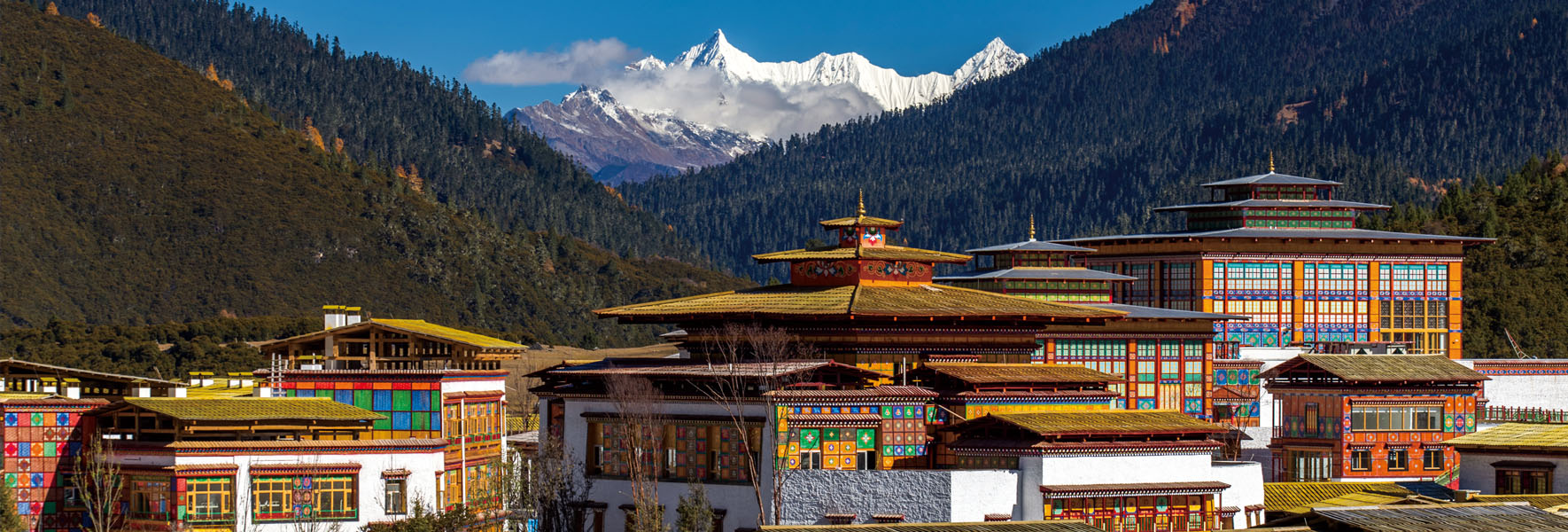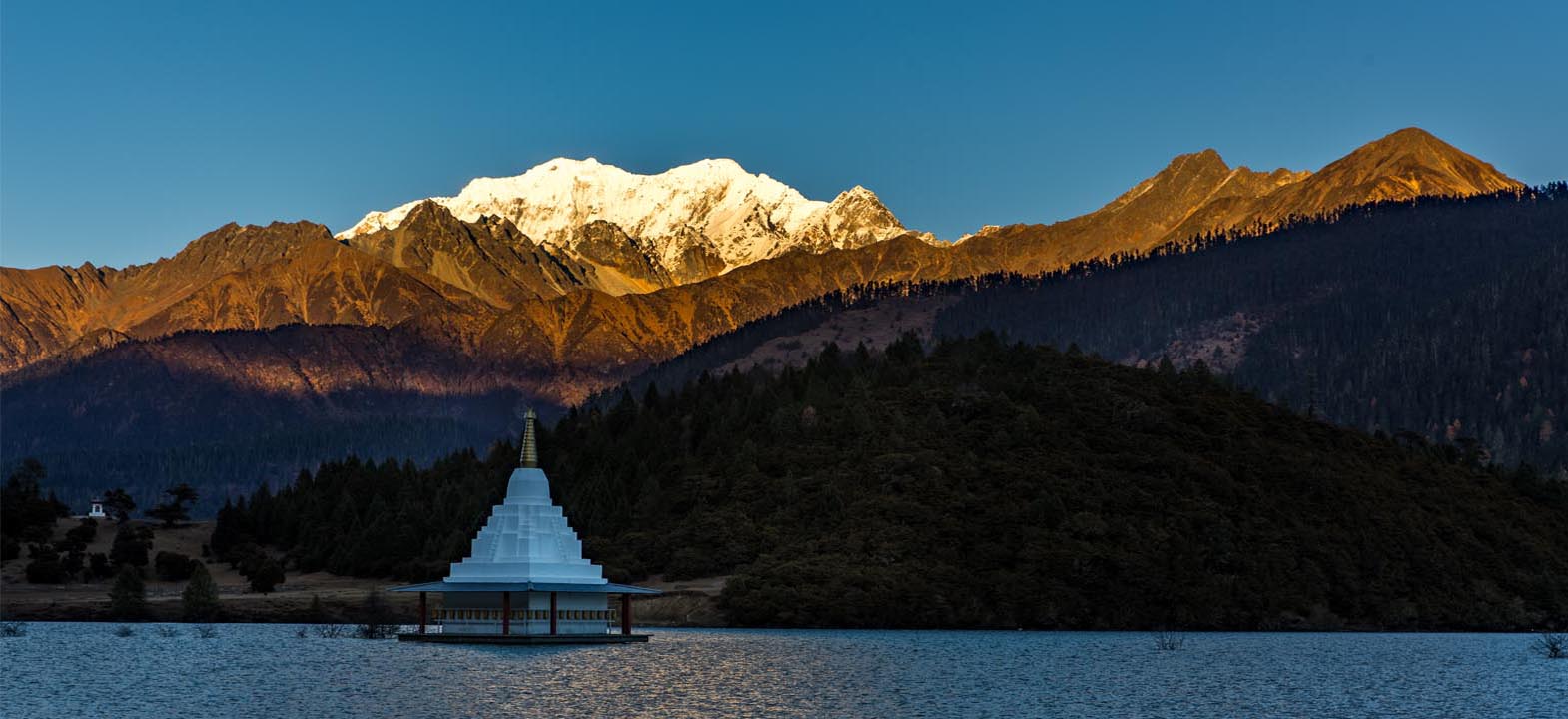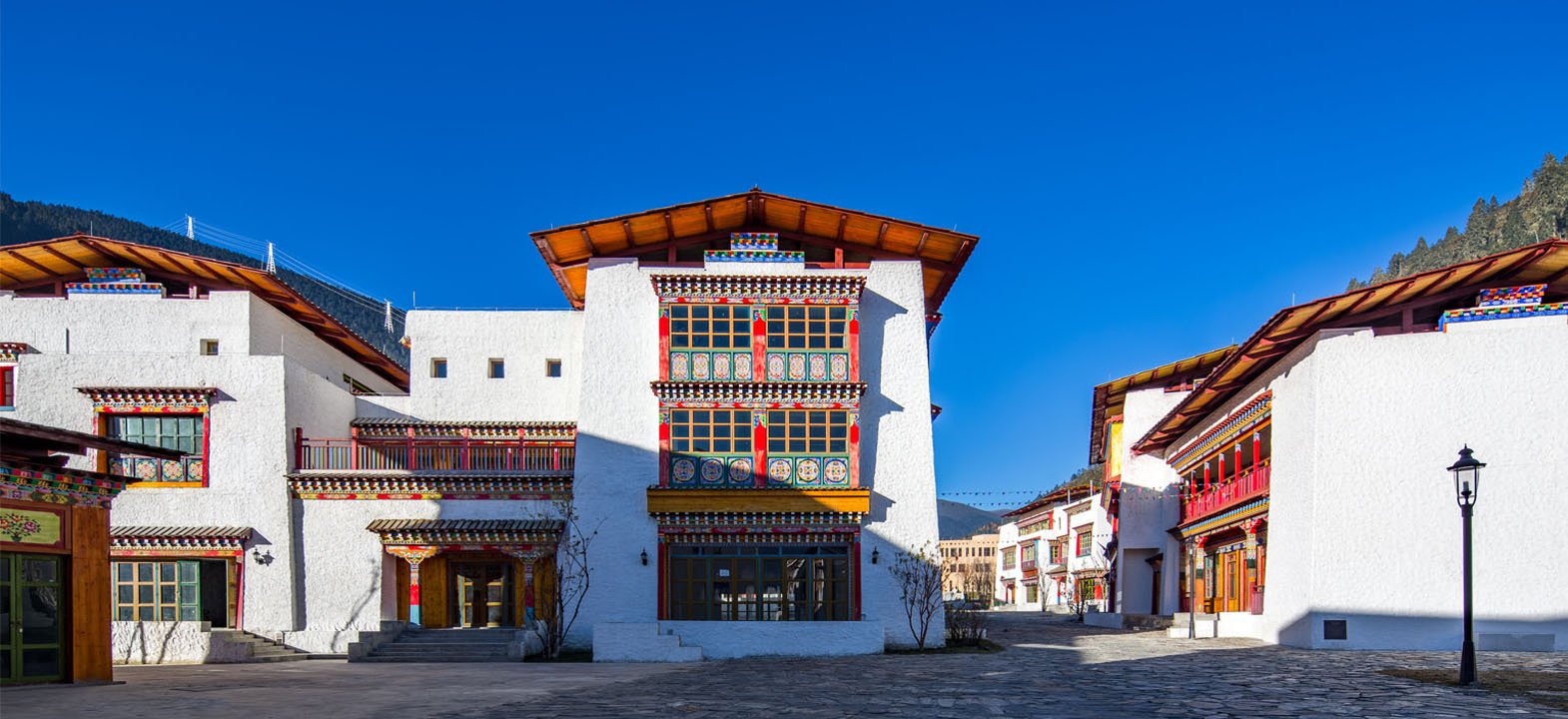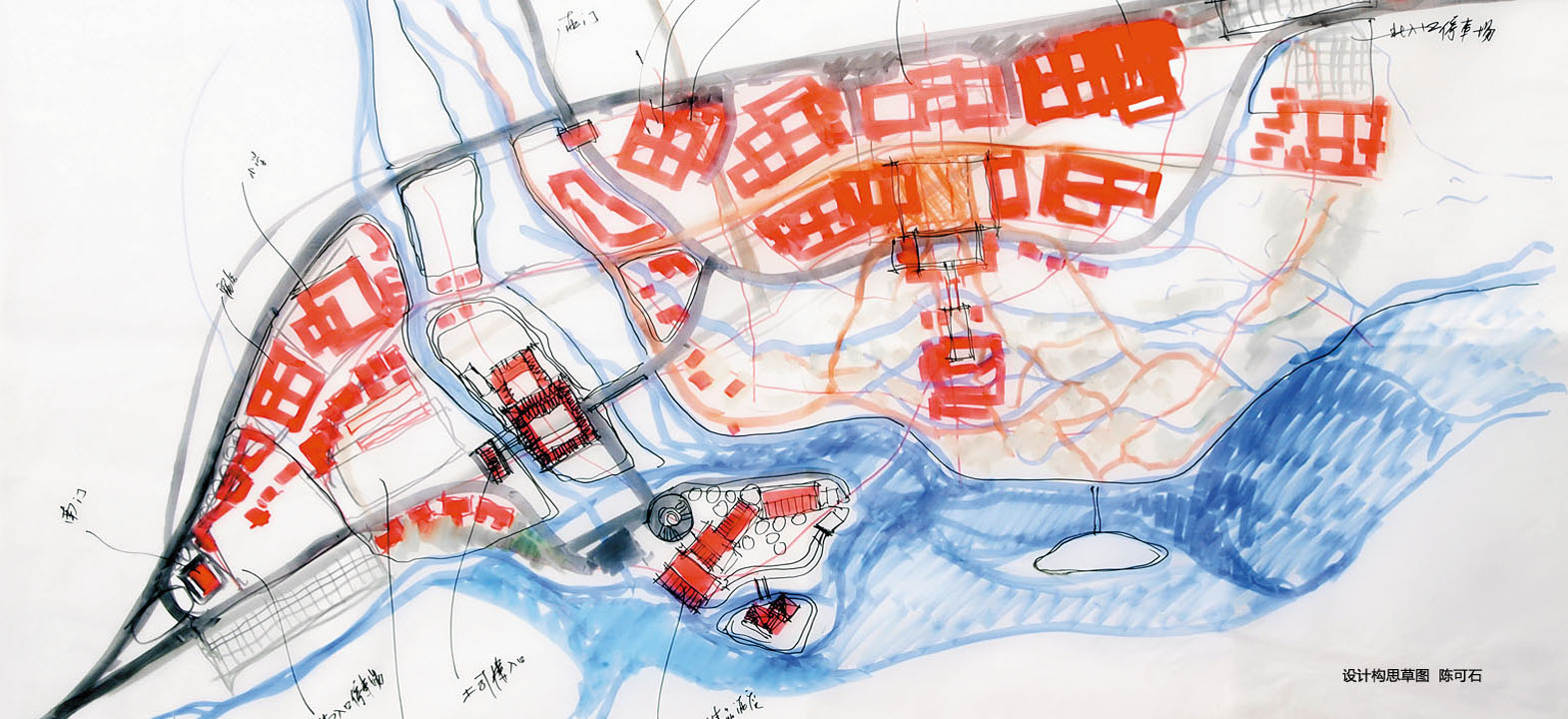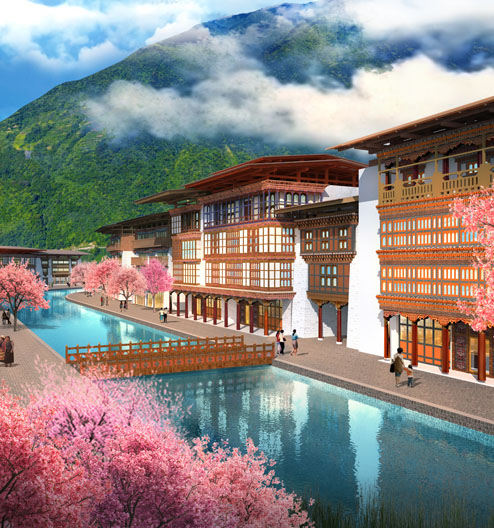Linzhi Lulang international tourism town, Tibet
Lulang is a peaceful and poetic place like a paradise, a perfect tourist destination with glaciers, mountains, meadows, forests, and lakes. Lulang means "Dragon king valley" in Tibetan. It's a valley, surrounded by vast primeval forests, grasslands and snow mountains.
In October 2016, after six years of intensive design and construction, Lulang international tourist town, as a key project of Guangdong Province to aid Tibet and a key project of the 50th anniversary of the establishment of Tibet Autonomous Region, was completed. This holy and peaceful town has blossomed in Tibet.
The most beautiful outdoor town in China
Many people are surprised to find that besides the Potala Palace and Jokhang Temple, there is also a place worth visiting, that is, Lulang international tourist town. The planning and design of Lulang international tourist town have created the beauty of contemporary architectural art and architecture, left a permanent cultural heritage for Tibet.
Lulang international tourist town is a town design practice that will affect the future of Tibet. Based on inheriting the traditional architectural art of Tibet, the architectural design of the town creates a new style of modern Tibetan architecture, which has a very important exemplary role in the future urbanization construction of Tibet.
Now, Lulang international tourist town has won wide praise at home and abroad, and is known as the first tourist town in Tibet. In 2017, Lulang international tourist town was shortlisted for the World Architecture Festival Award and officially appeared on the international stage. In October 2018, China National Geographic magazine awarded Lulang international tourist town the title of "the most beautiful outdoor town in China".
Lulang international tourist town is located in the northeast of Nyingchi city, Tibet, about 70 km from Nyingchi Airport and 90 km from Bayi town, the seat of Nyingchi municipal government. The total planned land area is 10 km2, covering an area of 1978 mu, with a total construction area of 210,000 m2. There are more than 250 single buildings, including three five-star hotels, art museums, photo exhibition centers, Tibetan opera performance centers, Tibetan health preservation ancient fort, tourist reception centers, town government office buildings, hospitals, kindergartens, primary schools, commercial streets, agricultural machinery stations, fire stations, commercial streets and many boutiques Hotels, etc., with a total investment of more than 5 billion yuan.
Tourist town with distinctive Tibetan cultural characteristics
In 2010, the 6th Guangdong Provincial working group for Tibet aid proposed to build an international tourist town in Lulang. This is a new idea of Guangdong provincial government's assistance to Tibet - to teach people to fish, hoping to promote the development of Tibet's tourism industry through the development and construction of tourist towns. This is a new model of aiding Tibet, which is oriented by promoting industrial development. Guangdong provincial government attaches great importance to it. Later, the construction site of the international tourist town finally landed in the Lulang River Valley next to the national highway 318. The section from Lulang to Bomi of national highway 318, with beautiful scenery, has been rated as the first of the ten most beautiful tourist national highways by National Geographic magazine.
"Holy and peace" is the aesthetic realm of Lulang international tourist town. "Holy and quiet" should be the soul of Lulang international tourist town, and "holy and quiet" has become the ultimate goal of Lulang international tourist town design. Prof. Chen Keshi and his team respect the Lulang's traditional culture, pay attention to the sensitivity of natural ecology, and take charge of the implementation of the design plan in the way of the chief designer responsibility system, so that Lulang can assume the urban functions of an international famous tourism center with plateau leisure characteristics, a tourism distribution center in Southeast Tibet, and a public service center in Lulang town. Through tourism development to promote economic development, social progress and cultural heritage, Lulang has become a "world-class tourism paradise, a model of innovation in the construction of Tibetan small towns".
Before the design of Lulang Town, Prof. Chen Keshi has completed the design of more than ten tourist towns in China. Based on the past experience of town design, he believes that in order to successfully complete the design task of Lulang international tourist town, some basic requirements of the town must be satisfied in the design scheme. They are called "compulsory poses", just like the score of floor exercise, take the compulsory poses as the basis of a score, and then take the "optional poses" as the item of bonus points. The same is true for the design of Lulang international tourist town. Therefore, the "compulsory poses" should be completed first, and then the regional, original and artistic concepts involved in the design process.
